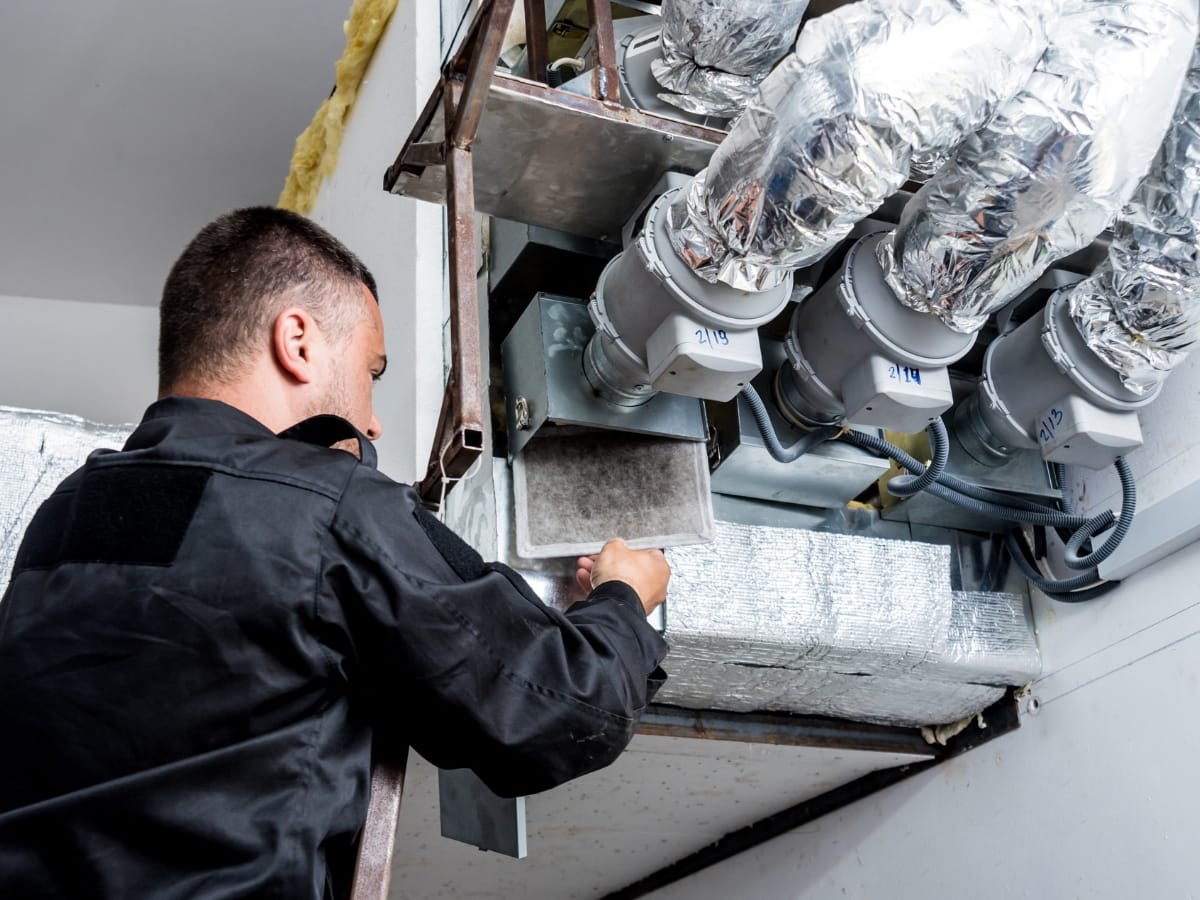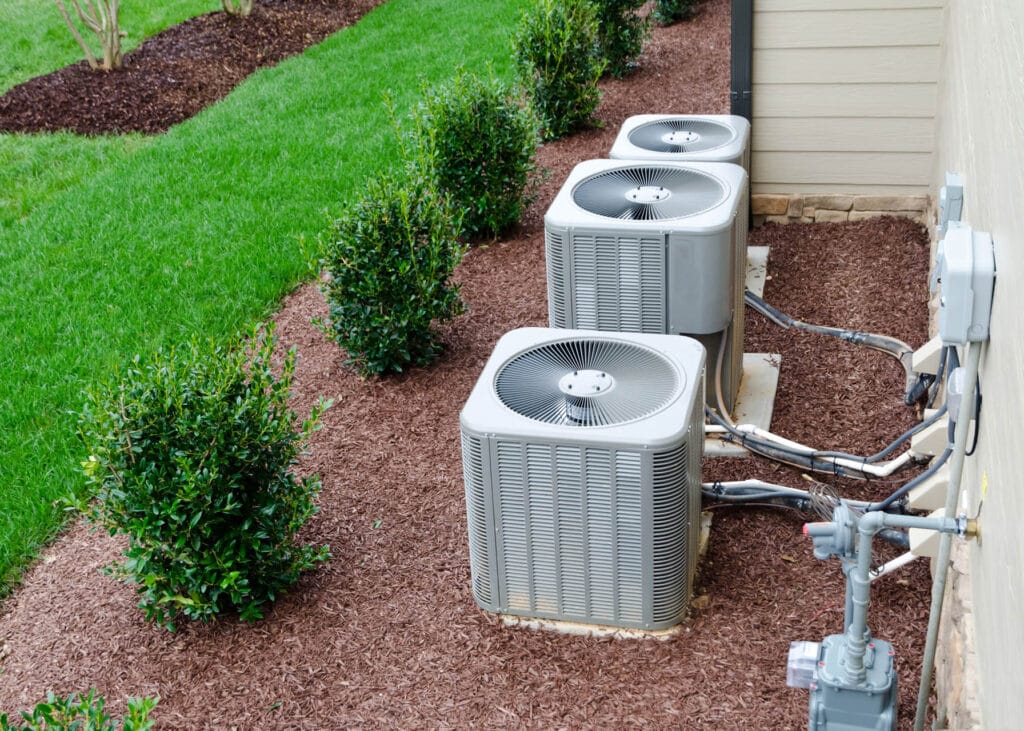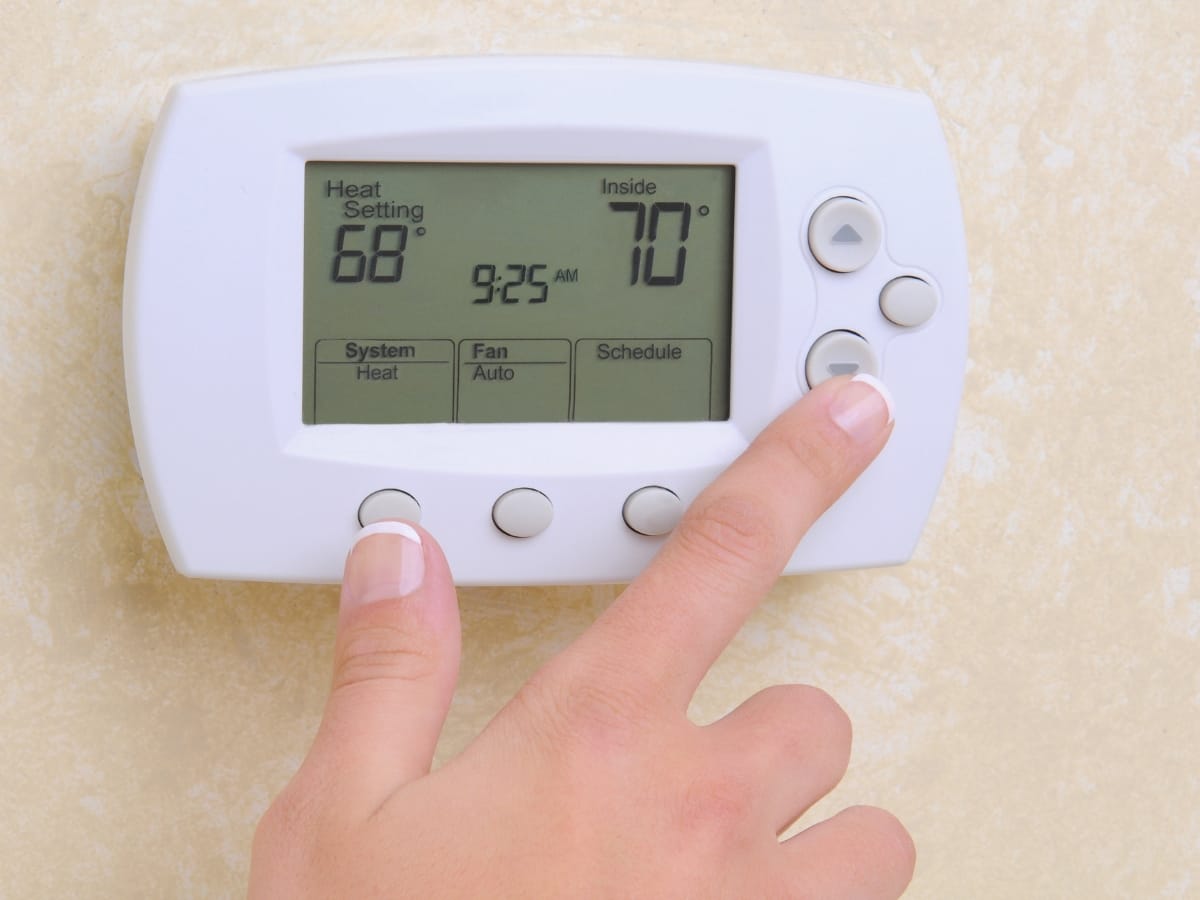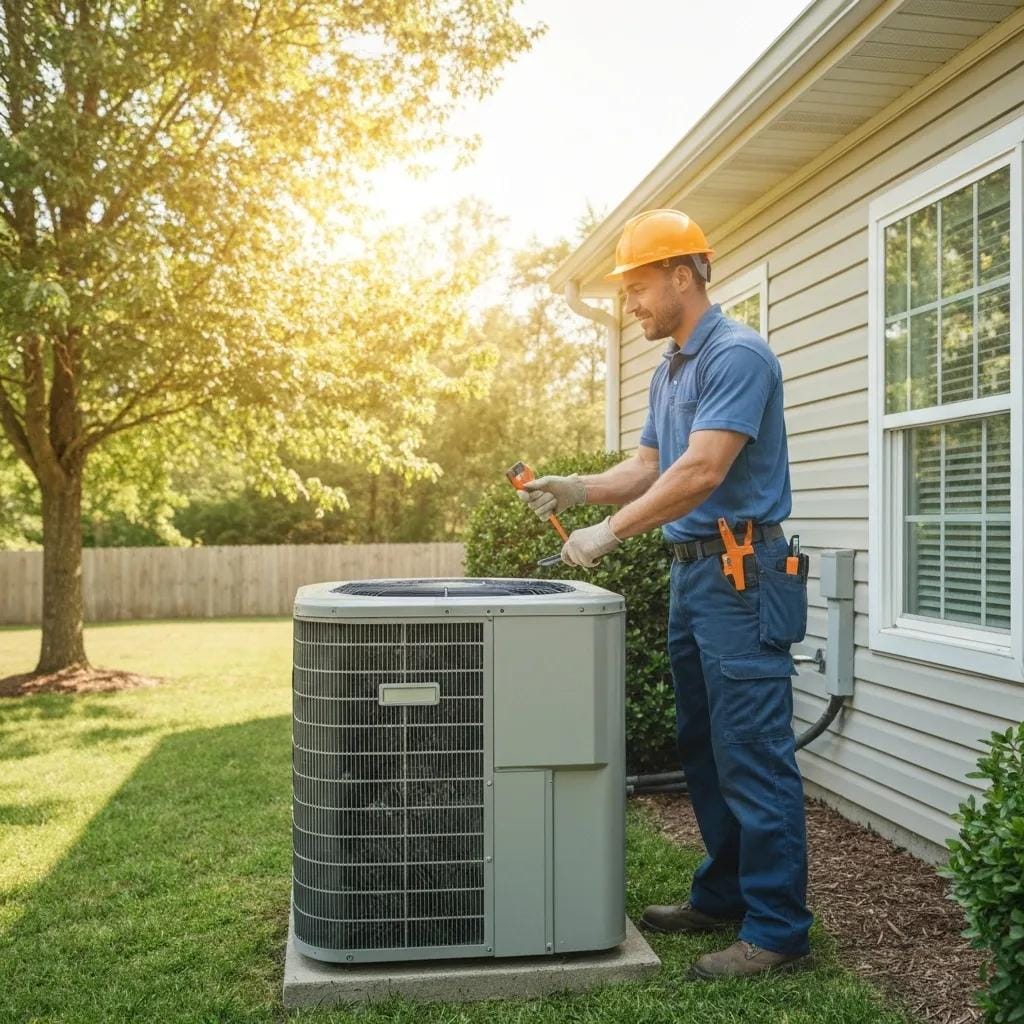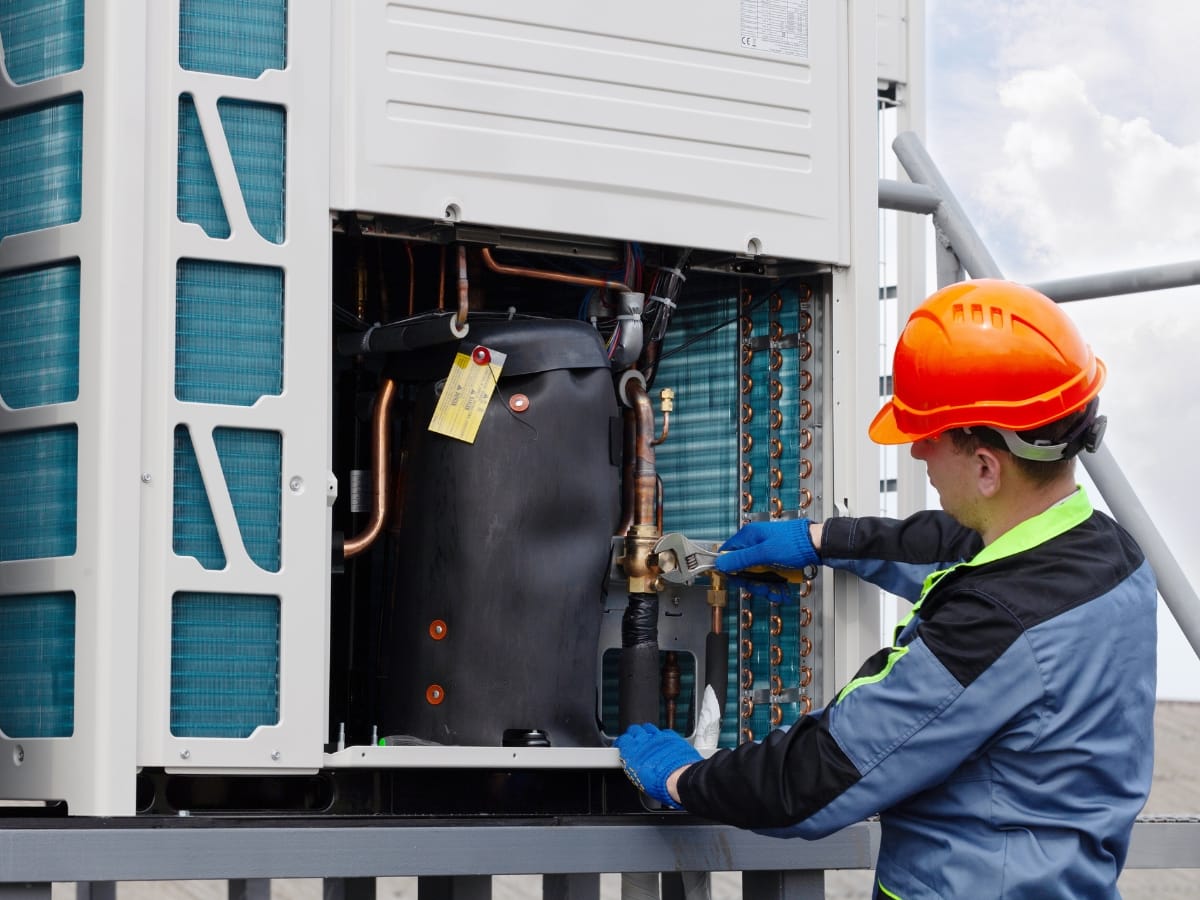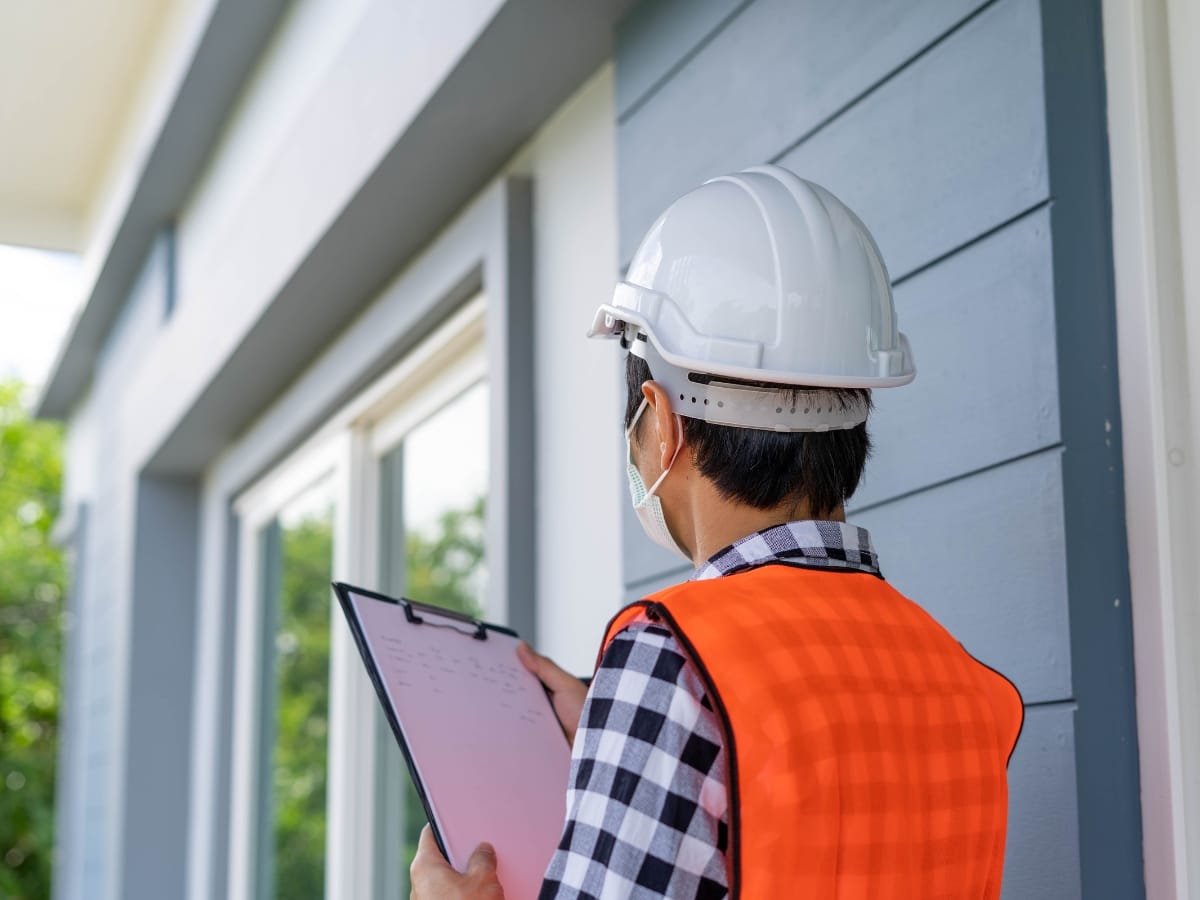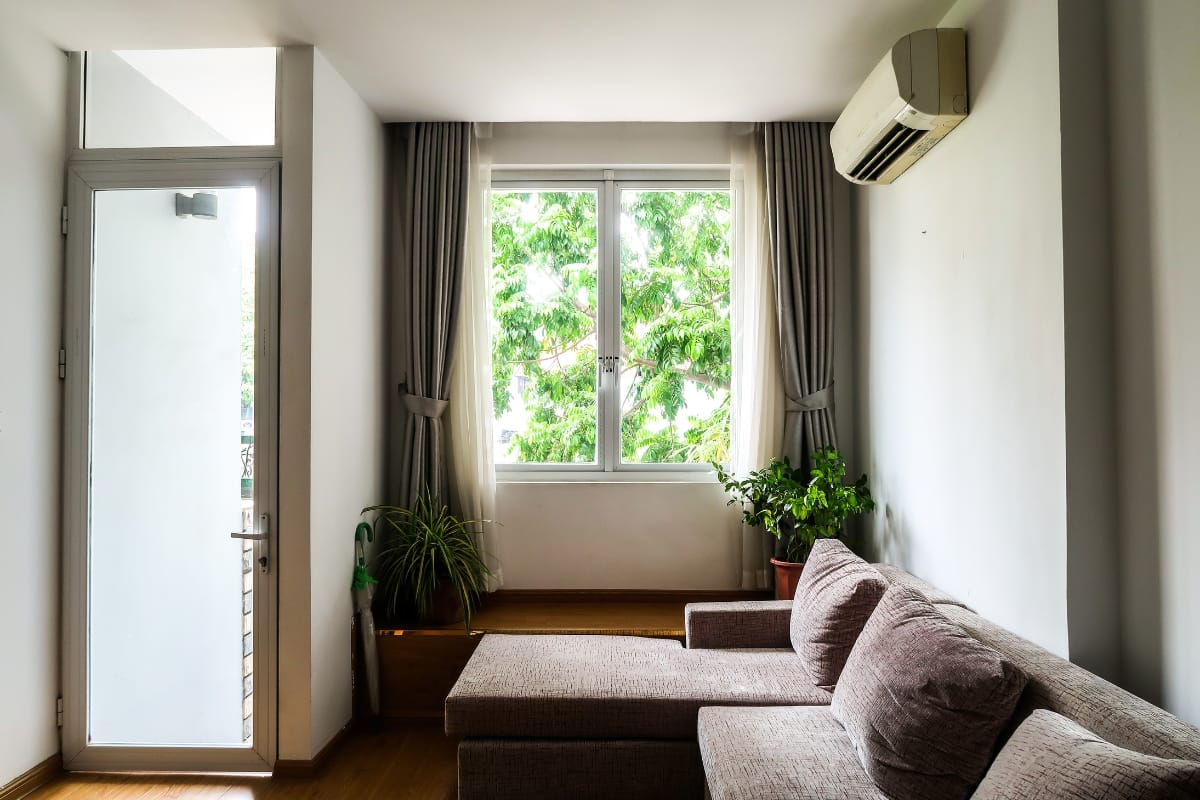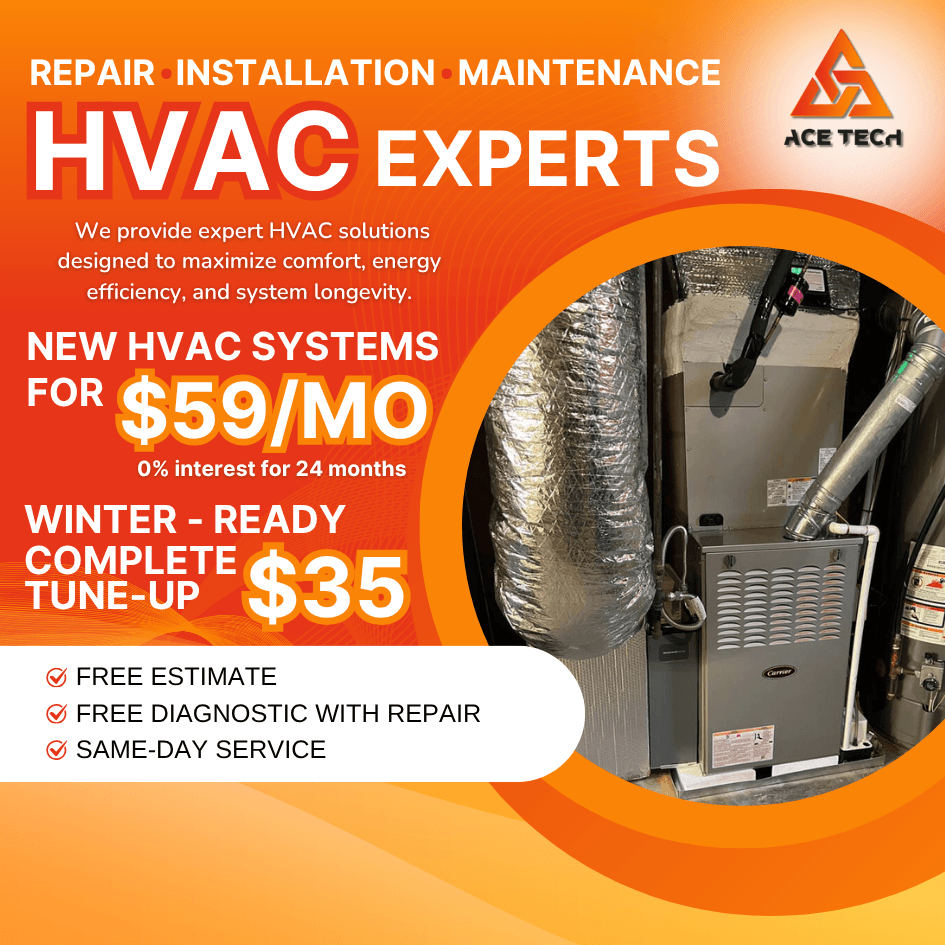Mold in your HVAC system is a serious threat to the air quality inside your Metro Atlanta home and the health of everyone living there. In our region’s consistently humid climate, mold can thrive. Homeowners often pick up on subtle clues – like a persistent musty smell or sudden allergy symptoms that just won’t quit – which can indicate mold has taken hold within your ducts, coils, or drip pans. Catching these warning signs early and bringing in professional inspection, remediation, and prevention services is key to stopping mold before it spreads throughout your house. This guide will walk you through four main areas: how to spot mold in HVAC systems, why Atlanta’s humidity makes it a breeding ground, how to evaluate professional inspection services, and the best strategies for removal and prevention.
Mold in HVAC Systems: What Every Homeowner Must Know
What Are the Common Signs of Mold in Your HVAC System?
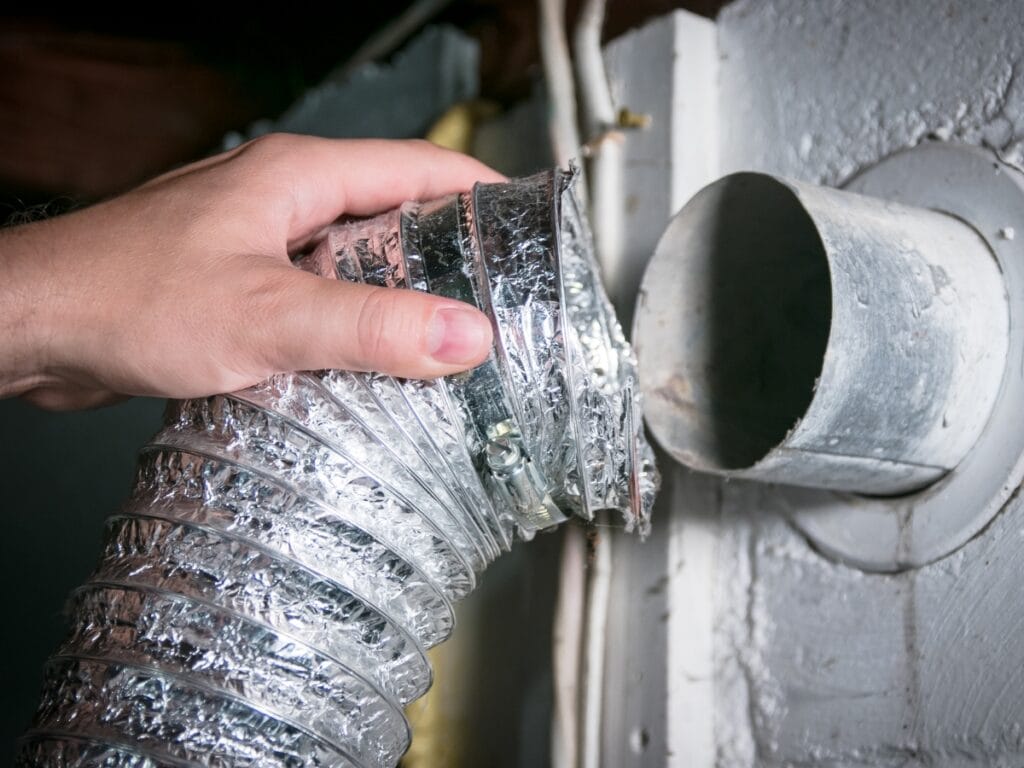
Mold in your HVAC system can spread quickly, affecting both air quality and overall health. The key to preventing serious contamination is recognizing the early warning signs. These often include unusual odors, visible buildup, and recurring allergy symptoms that worsen when the system runs. Knowing what to look for can help you address the problem before it escalates.
How Can Musty Odors Indicate Mold Growth in HVAC?
A musty or earthy smell coming from your vents is one of the first signs of mold in HVAC systems. These odors occur when mold releases microscopic compounds known as mVOCs into the air. If the smell becomes stronger when the system starts, it often means mold is growing on the coils, drip pan, or inside the ductwork. Ignoring this early warning can allow spores to circulate throughout your home.
Where Should You Look for Visible Mold or Discoloration in HVAC Components?
Mold can often be seen on surfaces where condensation and moisture build up. Check the vents and grilles for dark residue, the evaporator coils for streaks, and the drain pan or lines for spots of black or green growth. Mold inside ducts may look like a thin, sooty film that clings to metal or fiberglass surfaces. Regular visual checks of these areas can help you detect mold before it spreads into harder-to-reach parts of the system.
What Allergy and Respiratory Symptoms Are Linked to HVAC Mold?
Mold spores circulating through your HVAC system can cause noticeable health issues, particularly for those with allergies or asthma. Common symptoms include sneezing, nasal congestion, watery eyes, coughing, and difficulty breathing. These reactions may worsen when the air conditioner or heater is running, indicating mold contamination in the airflow. Once the mold is eliminated and air quality improves, many people experience immediate relief from these symptoms.
How Do Humidity and Condensation Contribute to Mold Development?
Excess moisture is the main reason mold thrives inside HVAC systems. When indoor humidity levels rise above 50 percent, condensation forms on cool metal surfaces like ducts and coils. This trapped moisture creates the perfect environment for mold to grow. Clogged drain lines or dirty filters can worsen the issue by restricting airflow and trapping dampness inside the system. Keeping humidity levels in check and scheduling routine maintenance can significantly reduce the risk of mold growth.
Why Mold Prevention and Regular Maintenance Matter
Preventing mold in HVAC systems is far easier than removing it once it spreads. Regular inspections, filter replacements, and professional cleanings help reduce moisture buildup and improve indoor air quality. If you notice persistent odors, visible discoloration, or unexplained allergy symptoms, addressing the issue early can save you from costly repairs later. By staying alert to the signs and causes of mold, you can protect both your home and your health. spores to sprout and grow.
What Causes Mold Growth in HVAC Systems in Atlanta’s Humid Climate?
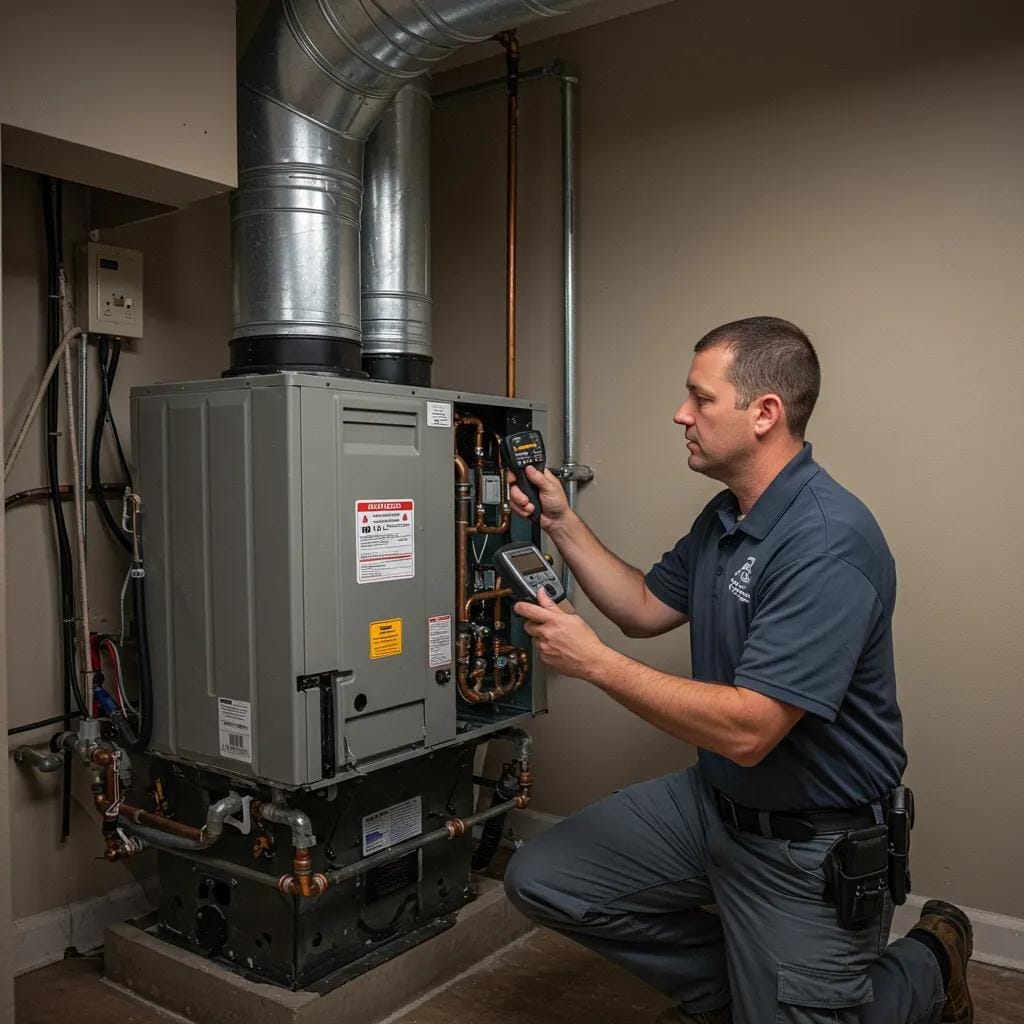
Atlanta’s humid, subtropical climate provides ideal conditions for mold to grow inside HVAC systems. With frequent temperature swings and high moisture levels, condensation often forms on ducts, coils, and insulation. Over time, this trapped moisture allows mold spores to settle and multiply, spreading through the ventilation system and into living spaces. Understanding how humidity, airflow, and maintenance habits affect your system can help reduce the risk of mold in HVAC units.
Why Is High Humidity a Major Mold Trigger in HVAC Systems?
When humidity levels are high, the air inside your ductwork reaches a higher dew point, leading to frequent condensation on cool metal surfaces. This consistent dampness creates an ideal environment for mold spores to thrive. Without proper dehumidification, condensation doesn’t evaporate quickly enough, allowing spores to cling to surfaces and expand into colonies. Controlling indoor humidity—ideally keeping it below 50 percent—is one of the most effective ways to prevent mold from taking hold in your HVAC system.
How Do Leaks and Condensation Promote Mold in Air Ducts and Coils?
Moisture problems often start with small, unnoticed leaks. A clogged drain pan or a cracked condensate line can cause standing water to accumulate around the unit. Poor insulation or damaged seals can also allow warm air to meet cool surfaces, creating condensation that lingers. Once water collects inside ducts or on evaporator coils, it provides a continuous moisture source for mold. In many cases, mold develops into a thin biofilm that traps even more water and dust, accelerating its growth.
How Does Poor Ventilation and Airflow Encourage Mold Growth?
Restricted airflow is another key contributor to mold in HVAC systems. When air cannot circulate freely due to blocked vents, dirty filters, or undersized ductwork, moisture lingers longer in the system. Stagnant, humid air allows mold to form in areas that stay damp between cooling cycles. Ensuring proper ventilation and airflow not only helps regulate temperature but also keeps moisture levels low enough to prevent mold growth.
Why Do Dirty Air Filters and Evaporator Coils Increase Mold Risk?
Neglecting filter changes and coil cleaning can turn your HVAC system into a breeding ground for mold. Dust, pollen, and organic debris trapped in a dirty filter become food sources for spores. Similarly, dirty coils collect grime and hold condensation, creating a moist, nutrient-rich environment. Over time, this combination supports mold growth and allows spores to spread through the air each time the system runs. Replacing filters regularly and cleaning coils during routine maintenance greatly reduces this risk.
Mold thrives wherever moisture and organic material accumulate, making HVAC systems especially vulnerable in humid regions like Atlanta. By managing humidity, repairing leaks, and maintaining clean filters and coils, homeowners can stop mold from forming in the first place. Consistent upkeep not only protects your system’s efficiency but also improves indoor air quality and overall comfort year-round.
How Can Professional HVAC Mold Inspection Help Detect Mold Early?
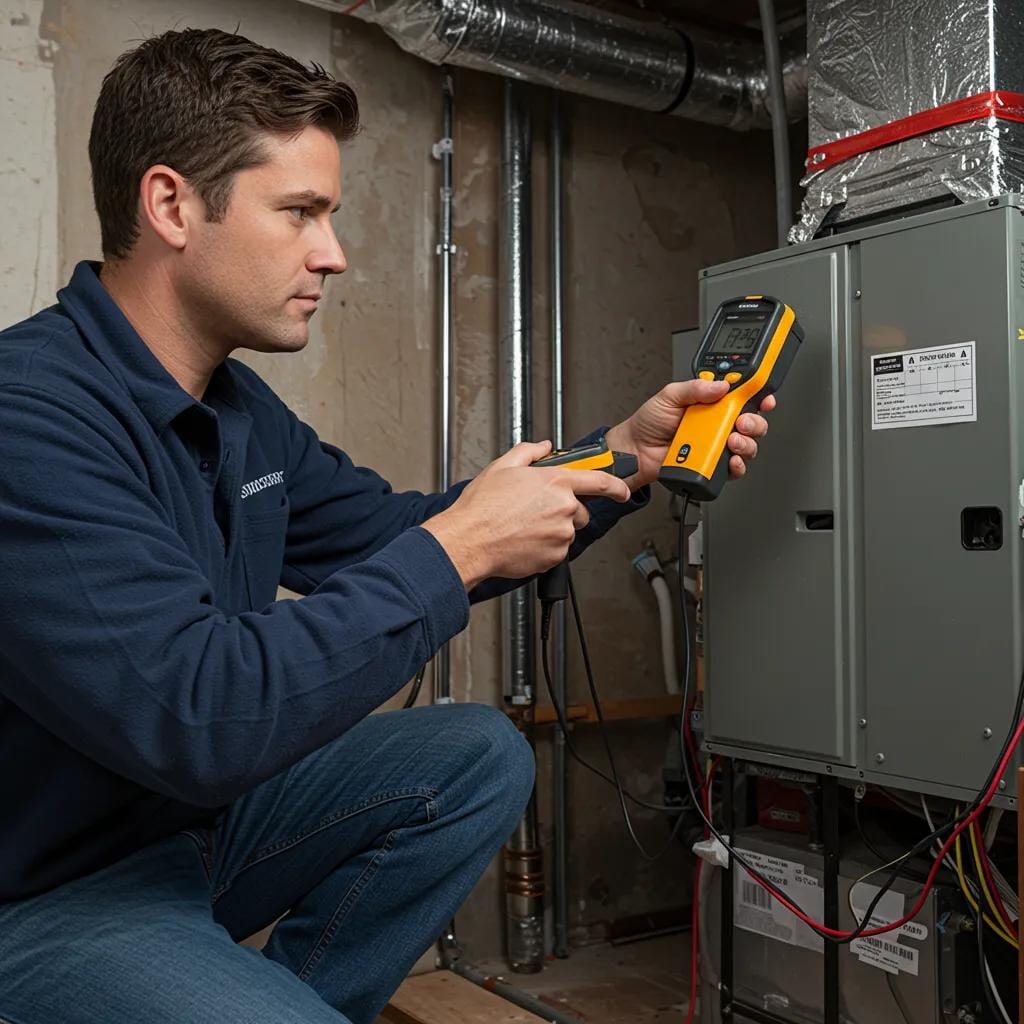
Detecting mold in HVAC systems early is essential to preventing widespread contamination and maintaining healthy indoor air quality. Professional mold inspections use specialized tools and techniques that go beyond what homeowners can see or smell. By identifying hidden mold colonies and the moisture sources that fuel them, inspectors can recommend the right corrective measures before the problem worsens.
What Does a Comprehensive HVAC Mold Inspection Include?
A thorough inspection begins with a detailed visual assessment of all accessible HVAC components. Inspectors look for signs of discoloration, residue, or biofilm buildup that may indicate mold. Moisture mapping follows, using tools like hygrometers and infrared cameras to identify damp areas behind panels or inside ducts where mold could thrive.
Air sampling is also an important step. By analyzing airborne particles, professionals can measure mold spore concentrations throughout the home. In addition, surface swabs may be collected for laboratory analysis to confirm mold type and extent. This combination of physical inspection and diagnostic testing provides a complete understanding of where mold exists and what conditions are allowing it to grow.
How Is Mold Testing Performed and Why Is It Important?
During the testing phase, certified technicians collect air and surface samples using sterile tools. These samples are sent to accredited laboratories that identify specific mold species and their levels of concentration. This data is vital for determining whether the detected mold poses a health risk and for planning an effective remediation strategy.
Testing is especially valuable when dealing with potentially toxic molds such as Stachybotrys chartarum, commonly known as black mold. Accurate testing ensures that remediation targets the correct sources and prevents future recurrence by addressing moisture and ventilation issues.
When Should Atlanta Homeowners Schedule a Mold Inspection?
Homeowners in humid climates like Atlanta should schedule a mold inspection whenever they detect persistent musty odors, see visible discoloration on vents, or experience allergy symptoms that worsen when the HVAC system runs. Mold inspections are also advisable after any type of water intrusion, such as leaks, flooding, or heavy condensation buildup.
It’s wise to schedule inspections as part of seasonal HVAC maintenance, particularly before summer and winter, when the system is under the most stress. Early detection not only prevents health issues but also protects your HVAC system from costly damage caused by unchecked mold growth.
Why Early Detection of Mold in HVAC Systems Matters
Catching mold in HVAC systems early helps maintain clean, breathable indoor air and prevents damage to expensive components like ducts, coils, and insulation. A professional inspection offers peace of mind by confirming whether mold is present and providing a clear path for remediation. With routine monitoring and preventive maintenance, you can safeguard both your home’s comfort and your family’s well-being year-round.
What Are the Effective Solutions for HVAC Mold Removal and Remediation?
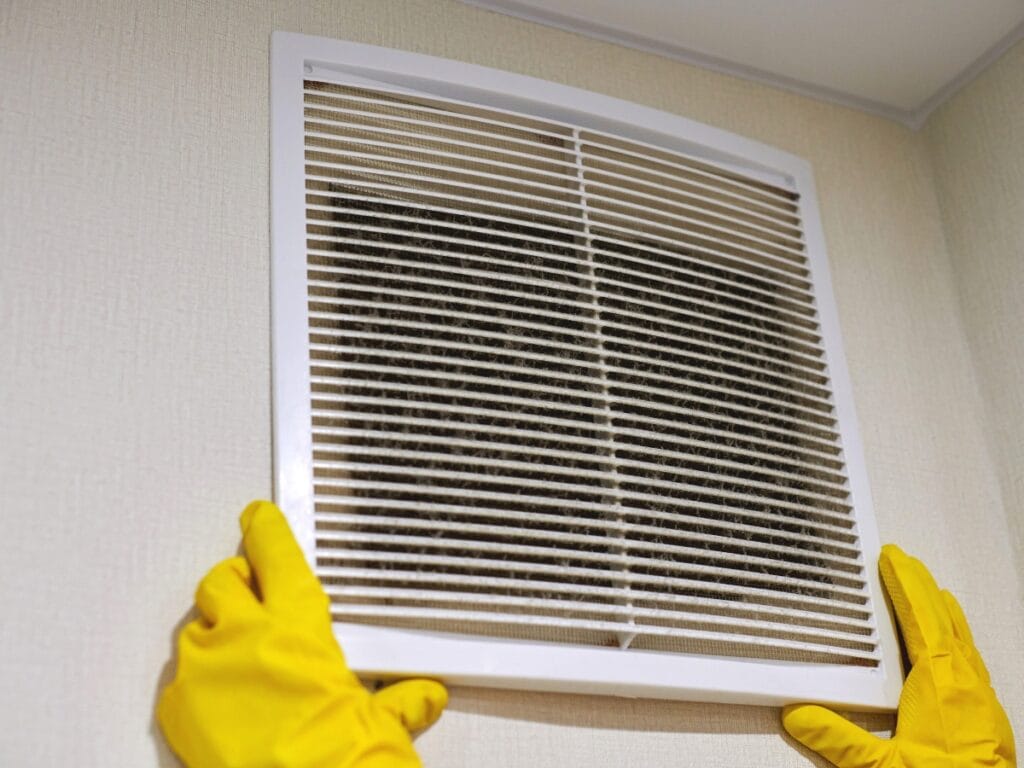
Addressing mold in HVAC systems requires a structured process that removes contamination and corrects the conditions that allow it to return. Successful remediation focuses on containment, deep cleaning, and long-term moisture control to restore air quality and system performance.
How Does the HVAC Mold Remediation Process Work?
The process begins by isolating the affected area to prevent mold spores from spreading through the air ducts. Certified technicians then apply EPA-approved antimicrobial treatments to kill active mold colonies. Coils, ducts, and drip pans are cleaned thoroughly to remove debris and residue that could support regrowth. Specialized HEPA vacuums are used to capture loose spores and fine particles from surfaces and vents.
Once the visible contamination is gone, the next step involves addressing the source of moisture. This may include repairing leaks, unclogging drain lines, or improving insulation and airflow. The principle behind every successful remediation is moisture management since mold can only thrive in damp environments. Ensuring that the system remains dry is key to long-term prevention.
What Is the Typical Cost Range for AC Mold Remediation in Atlanta?
In the Atlanta area, the cost of mold remediation varies depending on the size of the HVAC system, the extent of contamination, and the accessibility of affected components. A basic inspection and testing typically range between $300 and $600, while coil and drain pan cleaning can cost between $500 and $1,200. More extensive duct cleaning and disinfection often range from $1,200 to $3,500, depending on system complexity. Full remediation, including repairs and decontamination of multiple zones, can range from $3,000 to $10,000.
While these costs may seem significant, professional remediation often saves money over time by preventing further system damage and improving energy efficiency. Clean systems operate more effectively and last longer, reducing maintenance expenses in the long run.
Why Is Professional Mold Removal Safer Than DIY Methods?
Mold removal in HVAC systems is a task best left to professionals. Certified specialists follow strict safety procedures, using containment barriers and protective equipment to prevent cross-contamination. They also rely on commercial-grade antimicrobial agents and specialized tools that are not typically available to homeowners. Attempting to clean mold without proper containment can actually worsen the problem by spreading spores throughout the home. Professional remediation ensures that mold is removed safely and that air quality is properly restored.
How Does Air Duct Cleaning Improve Mold Removal and Indoor Air Quality?
Cleaning air ducts is a critical step in preventing mold from returning after remediation. Over time, ducts accumulate dust, pollen, and organic material that can harbor spores. Deep cleaning removes these contaminants, improving airflow and preventing future growth. This process not only enhances HVAC efficiency but also contributes to cleaner, healthier indoor air. Regular duct maintenance, combined with humidity control, is one of the most effective ways to prevent mold from forming again.
By addressing both the visible contamination and the underlying causes, professional mold remediation restores indoor comfort and keeps your HVAC system operating efficiently year-round.
How Can You Prevent Mold Growth in Your HVAC System?

Preventing mold in HVAC systems starts with controlling moisture, maintaining clean components, and ensuring proper airflow. Mold spores are always present in the air, but they only grow when given the right combination of humidity, warmth, and organic material. Regular maintenance and system upgrades can help break this cycle and stop mold from forming in the first place.
What Are the Best Practices for Humidity Control in HVAC Systems?
The most effective way to keep mold under control is by maintaining indoor humidity levels between 30 and 50 percent. When air becomes too damp, condensation collects on metal coils and ducts, providing a perfect environment for mold to grow. Installing a whole-house dehumidifier or a smart humidistat connected to your HVAC system can automatically regulate indoor moisture levels. These tools are especially helpful during Atlanta’s humid summers, when outdoor conditions make moisture management more challenging.
How Do UV Lights Help Prevent Mold in Air Handlers and Coils?
Ultraviolet (UV) germicidal lights are an effective way to prevent mold from forming inside your HVAC system. When placed near evaporator coils or inside the air handler, these lights disrupt the DNA of mold spores and bacteria, preventing them from reproducing. The continuous UV exposure keeps coils cleaner, improving efficiency and reducing the need for harsh chemical treatments. Over time, this also helps maintain better airflow and reduces the risk of musty odors circulating through your home.
Why Is Regular HVAC Maintenance Crucial for Mold Prevention?
Routine maintenance is one of the simplest and most effective defenses against mold in HVAC systems. Changing filters every one to three months, cleaning condensate pans, and checking for drainage issues all help eliminate excess moisture and organic debris. Professional inspections can catch problems early, such as clogged drain lines or leaks, before they lead to mold growth. Consistent maintenance also ensures your system is running efficiently, which helps reduce humidity buildup in ducts and vents.
How Can Air Filter Selection Impact Mold Prevention?
Choosing the right air filter plays a key role in mold prevention. High-efficiency particulate air (HEPA) filters and those with a MERV rating of 13 or higher are designed to capture smaller particles, including mold spores. These filters prevent spores from recirculating through your ductwork while still allowing enough airflow for your HVAC system to operate properly. Upgrading your filters not only improves air quality but also reduces the overall dust and debris that mold needs to grow.
Keeping mold out of your HVAC system requires a combination of moisture control, regular cleaning, and attention to airflow. By managing humidity, installing UV lights, and performing consistent maintenance, you can protect your system from contamination and maintain cleaner, healthier indoor air year-round. Preventive care is far easier and more cost-effective than addressing a full mold infestation later on.
What Are the Health Risks of Black Mold in HVAC Systems?
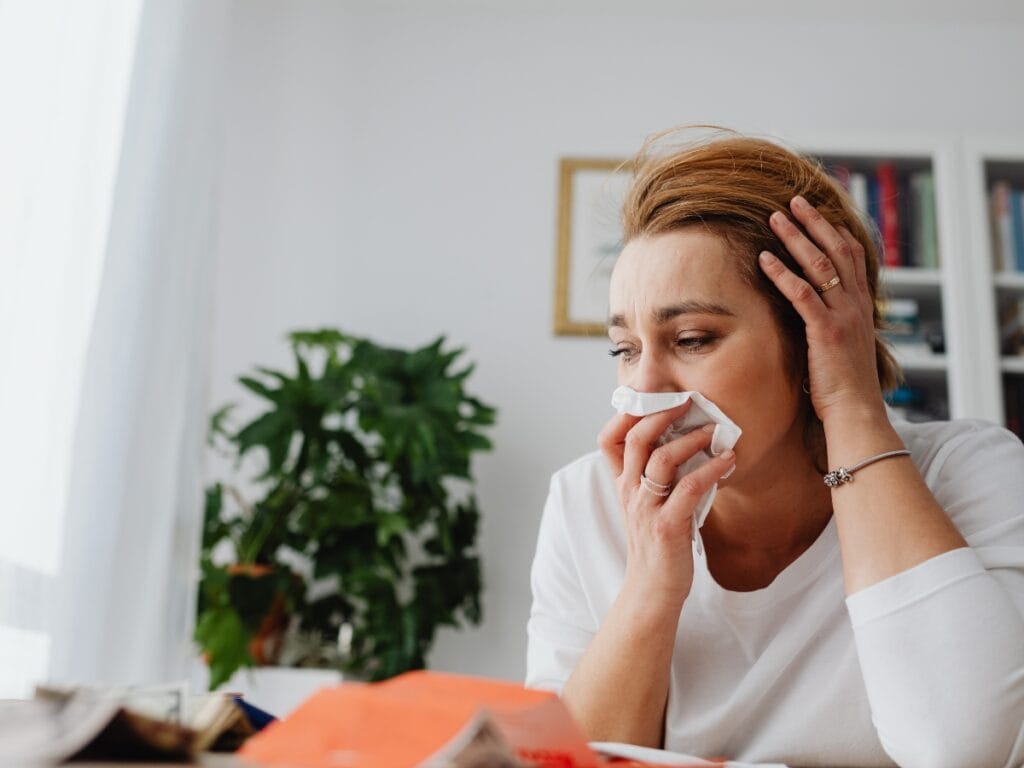
Black mold, or Stachybotrys chartarum, is one of the most concerning types of mold that can develop in HVAC systems. It thrives in damp, poorly ventilated environments and can produce mycotoxins that negatively affect indoor air quality. When black mold spreads through ducts and vents, it can circulate harmful spores throughout the home or workplace, posing potential health risks for anyone who breathes the contaminated air.
How Is Black Mold Identified in HVAC Systems?
Black mold often appears as dark green or black patches with a slimy or sticky texture. It tends to form on evaporator coils, drain pans, insulation, and any other areas with persistent moisture. While visual inspection can suggest mold growth, laboratory testing is the only way to confirm whether it is Stachybotrys chartarum or another species. Testing also determines the concentration of spores and whether they are releasing mycotoxins that could impact health.
Early identification is important because black mold can spread quickly once conditions are favorable. Even if it is contained to a small section of ductwork, spores can easily travel through airflow and contaminate the entire system.
What Respiratory and Allergy Symptoms Are Caused by Black Mold?
Exposure to black mold can cause a range of symptoms, especially for people with allergies, asthma, or weakened immune systems. Common signs include nasal congestion, sneezing, sore throat, and persistent coughing. In more severe cases, individuals may experience headaches, fatigue, or difficulty breathing due to inflammation of the respiratory tract.
Children, older adults, and those with chronic respiratory conditions are particularly sensitive to mold exposure. Over time, repeated contact with mold spores can worsen existing health issues or lead to recurring infections if the contamination is not properly addressed.
When Should You Call Professionals for Black Mold Removal?
Professional help is necessary when black mold covers more than 10 square feet, when air testing shows high mycotoxin levels, or when symptoms among occupants are severe. Mold removal specialists are trained to contain affected areas, use protective equipment, and safely remove contaminated materials without spreading spores further.
Attempting to clean black mold without proper containment can worsen the problem by releasing spores into the air. Professional remediation ensures that all mold is safely removed, the HVAC system is disinfected, and underlying moisture problems are resolved to prevent regrowth.
Understanding the Real Health Risks
While black mold is often linked to serious illness in popular media, current research shows that most symptoms come from allergic or respiratory irritation rather than systemic poisoning. The term “toxic mold syndrome” is largely unsupported by scientific evidence, but that doesn’t mean the health risks are insignificant. Prolonged exposure to mold in HVAC systems can still lead to chronic irritation and reduced indoor air quality.
Regular inspection, moisture control, and timely maintenance remain the most effective ways to prevent mold in HVAC systems and protect both your health and your home’s air quality.
Why Choose AceTech GA for HVAC Mold Removal and Prevention in Metro Atlanta?
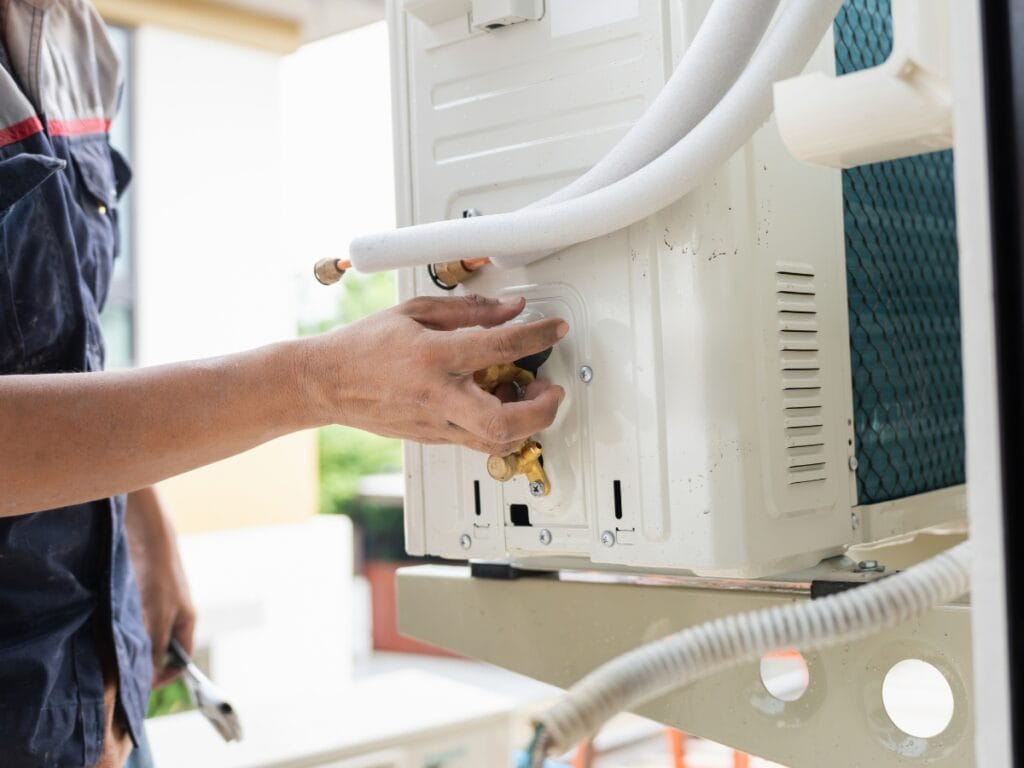
What Certifications and Experience Do AceTech GA Technicians Have?
Our technicians hold respected industry certifications in HVAC systems and mold remediation techniques. They also participate in ongoing training for the latest moisture control and indoor air quality best practices. With years of specialized experience serving Metro Atlanta homes, they provide efficient, code-compliant service.
How Does AceTech GA Tailor Mold Solutions to Atlanta’s Climate?
We analyze the seasonal humidity patterns and typical building characteristics in the Metro Atlanta area to create customized strategies. This includes optimal placement for UV lights, specific dehumidification settings, and duct insulation upgrades designed to tackle the local mold triggers.
What Customer Satisfaction and Reviews Support AceTech GA’s Reputation?
Homeowners consistently commend AceTech GA for our professionalism, clear communication, and effective, long-lasting solutions. Our high ratings reflect our prompt service, thorough cleanings, and dependable prevention plans that restore confidence in your home’s indoor air quality.
How Can You Schedule a Mold Consultation or Service with AceTech GA?
To schedule a no-obligation inspection or get a service estimate, simply call our customer care line or submit a request through our online form. We offer flexible scheduling to fit the needs of busy households throughout Metro Atlanta.
Keeping your HVAC system free of mold is essential for protecting both your health and your home’s value. By recognizing the early signs, understanding the underlying causes, and investing in professional inspection and remediation, you can ensure cleaner air and greater comfort in your home. AceTech GA is ready to provide comprehensive mold solutions specifically designed for Atlanta’s climate challenges, ensuring your system runs at its best and your indoor environment is safe for everyone.
Conclusion
Mold in your HVAC system is more than just a nuisance—it’s a health risk that can compromise your indoor air quality and your family’s well-being. At Ace Tech Heating & Cooling, we provide thorough HVAC maintenance, professional mold remediation, and preventative solutions to ensure your system runs safely and efficiently. Don’t let mold take over your comfort—call (404) 369-9100 or request a free quote online today. Let our certified technicians restore your peace of mind and your home’s clean air.

